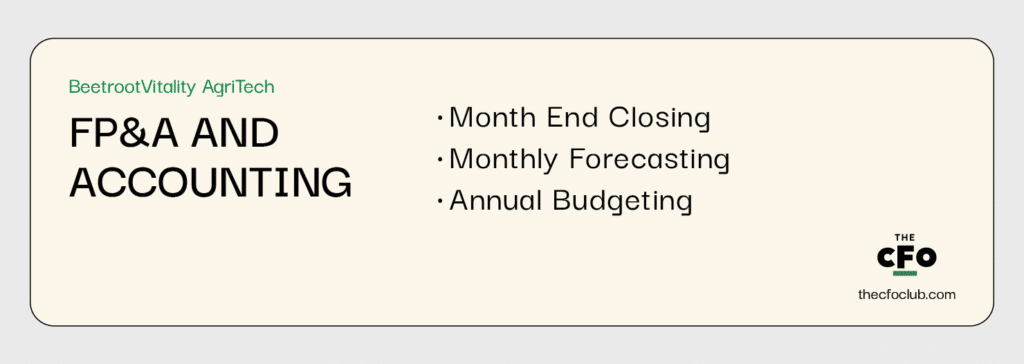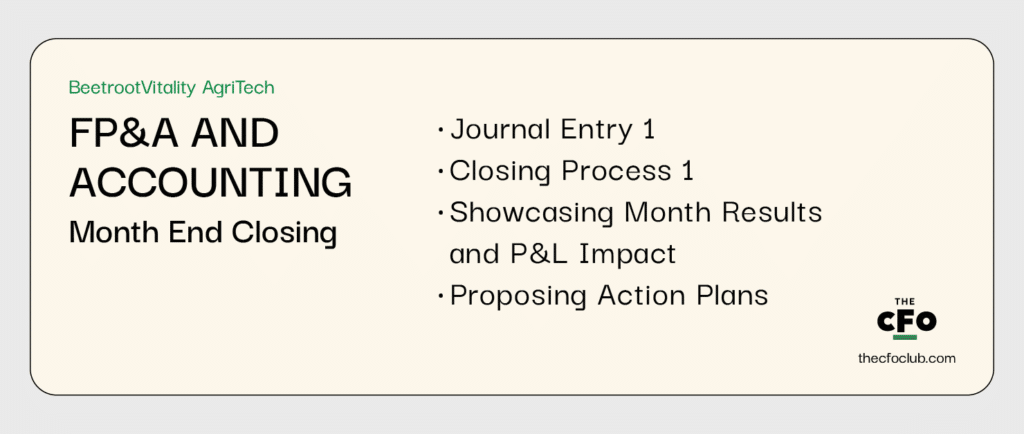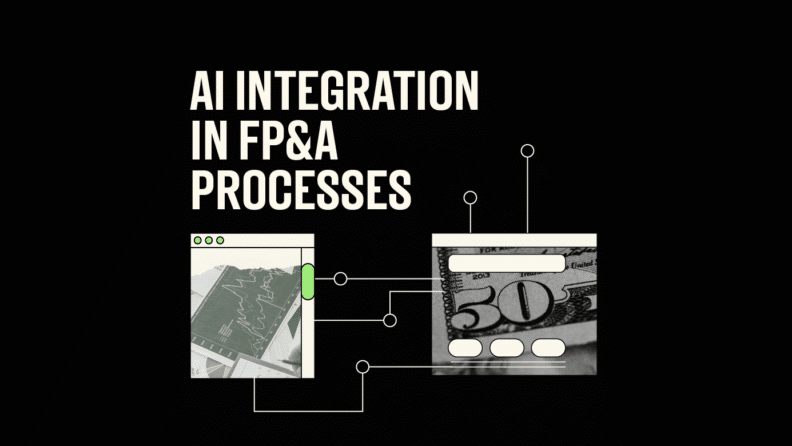As finance professionals, we need to add value to our businesses with our accounting and finance knowledge. Nowadays, the landscape of our profession is evolving rapidly with advancements in technology, particularly in the field of artificial intelligence (AI).
If we aren’t aiming to create the most efficient AI integration in FP&A, we’ll be replaced by someone who has.
We need to adapt and understand how AI and other technologies can help us enhance our ability to analyze the business and drive it to a better future.
One way of doing this is through automation.
The finance automation landscape is complex, so I will give you 3 steps to effectively analyze financial processes and determine which ones can be automated with AI.
Let’s start by looking at this framework through a story.
An FP&A Automation Story
Angela is the Head of FP&A and Accounting at the main office of a new Agri-Tech Company called BeetrootVitality AgriTech. She wants to automate their processes to add value to the business.
Step 1 - Identification
She organizes a round of 5 workshops with her team in which they use process mapping techniques to examine their month-end closing, monthly forecasting, and annual budgeting processes.
These are the 3 umbrellas of their FP&A and Accounting scope but inside of them, they have more than 35 processes and routines!

Step 2 - Analysis of Impact
They quantify the impact and value that automation can bring to the business. They use Excel to create a simple table with Umbrella, Process, EBITDA Impact (Hours saved x Average FTE Hourly Rate), and Effort (Complexity on a scale of 1-5 x Uncertainty on a scale of 1-5).
They partnered up with their company’s Heads of IT, Data Engineering, Analytics, and Automation for this.

Step 3 - Prioritization & Creation
They visualize their findings in this matrix and prioritize the items in the top right quadrant - low effort and high impact.
They will run their first pilot in one of their business units, working with an “agile” team of 5 people (1 subject matter expert, 1 finance product owner, and 3 developers). Since they will be using agile, they will showcase in their sprint reviews every 2 weeks, including their progress with a workable prototype of their solution so that people can test it immediately and give feedback.
If done correctly, they’ll have clear answers on the processes that can, and should, be automated in no time.
DIY: A Guide for You to Follow
Now I will outline the 3 steps in this framework and explain each one in more detail for you to be able to implement in your own company.
Step 1: Mapping Financial Processes
To begin the analysis, FP&A professionals should map their financial processes using workshops and process mapping techniques.
Think about who will add value to these workshops: it could be subject matter experts, business partners (from your department and others), or cross-functional workers.
In case you’re unfamiliar, process mapping involves visualizing the flow of activities, decision points, and interactions within a financial process. This step helps stakeholders gain a comprehensive understanding of the current processes, their interdependencies, and potential areas for improvement.
By documenting the processes, FP&A professionals can identify redundancies, bottlenecks, and manual tasks that can be automated using AI programs.
Step 2: Quantifying Impact and Value Added
After mapping the financial processes, the next step is to quantify the impact and value that automation can bring to the business.
This involves measuring the benefits that can be achieved through automation, such as time saved, increased profitability, and enhanced operational effectiveness. Key metrics to consider include:
- Time saved by automation
- Value added to EBITDA (Earnings Before Interest, Taxes, Depreciation, and Amortization)
- Net sales value (NSV)
- Contribution margin (CMA) resulting from automation
- Number of people who will benefit from the automated process
Simultaneously, it is crucial to quantify the effort required for automation. This can be done by evaluating the complexity and uncertainty associated with the process. Complexity factors may include the number of steps, data sources, decision points, and the level of human intervention required. Uncertainty factors may encompass the stability of input data, regulatory compliance considerations, and the need for judgment-based decision-making.
Just as Angela did in our example, you should establish partnerships with the IT, Data Engineering, Analytics, and Automation departments of your company for this second part.
Step 3: Creating an Impact vs. Effort Matrix
To prioritize the automation initiatives, FP&A professionals can create an Impact vs. Effort matrix.
This matrix allows them to plot each financial process based on its impact and the effort needed for automation.
The impact can be represented on the vertical axis, while the effort required for automation can be depicted on the horizontal axis. Processes with high impact and low effort are considered low-hanging fruit and should be the initial focus of automation efforts. As these processes are automated, FP&A professionals can gradually move towards processes with higher effort and impact.

The Big Picture
Incorporating AI into financial processes can revolutionize the way FP&A professionals operate, leading to increased efficiency, accuracy, and strategic value. In fact, a large majority of investment in 2025 is going toward companies effectively using or building AI.
By following a structured approach of mapping processes, quantifying impact and effort, and creating an Impact vs. Effort matrix, FP&A professionals can identify the most suitable processes for automation.
As the field of AI continues to advance, FP&A professionals who embrace automation will be well-positioned to drive innovation and contribute significantly to their organizations' success in an increasingly data-driven world.
If you want to stay ahead of the curve with AI implementation in finance, subscribe to The CFO Club's newsletter and receive the best guides right in your inbox.



